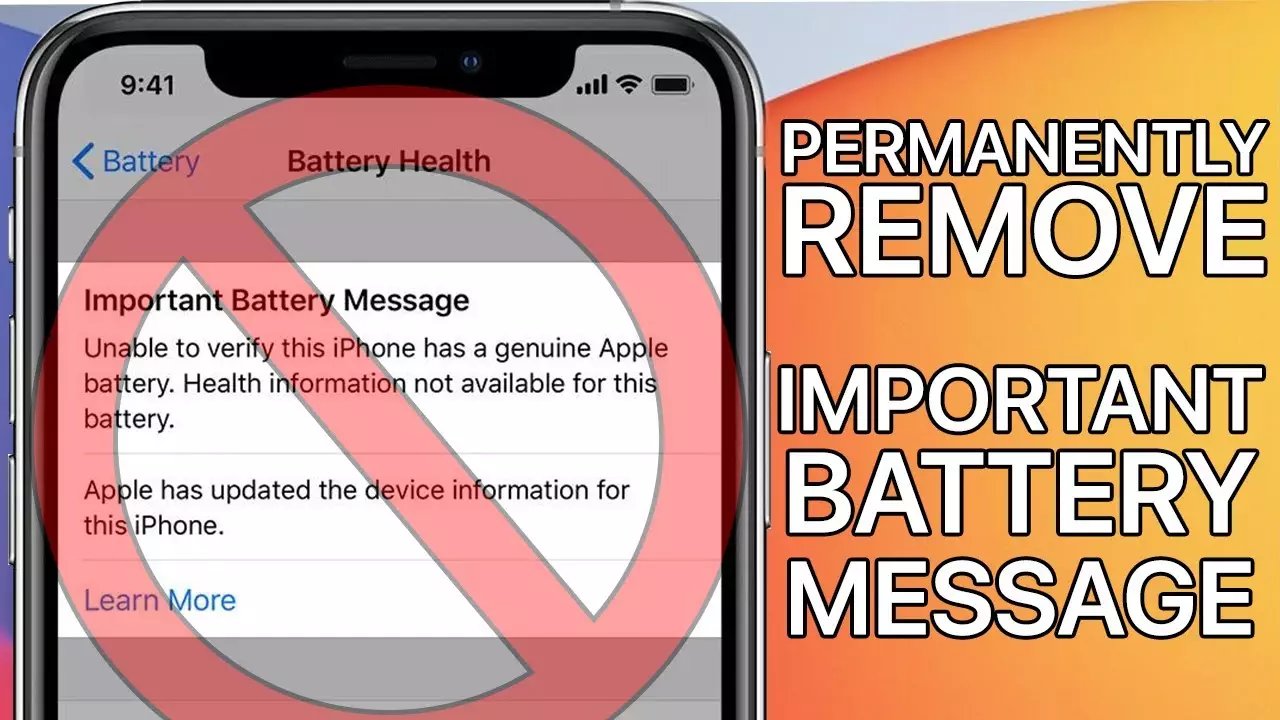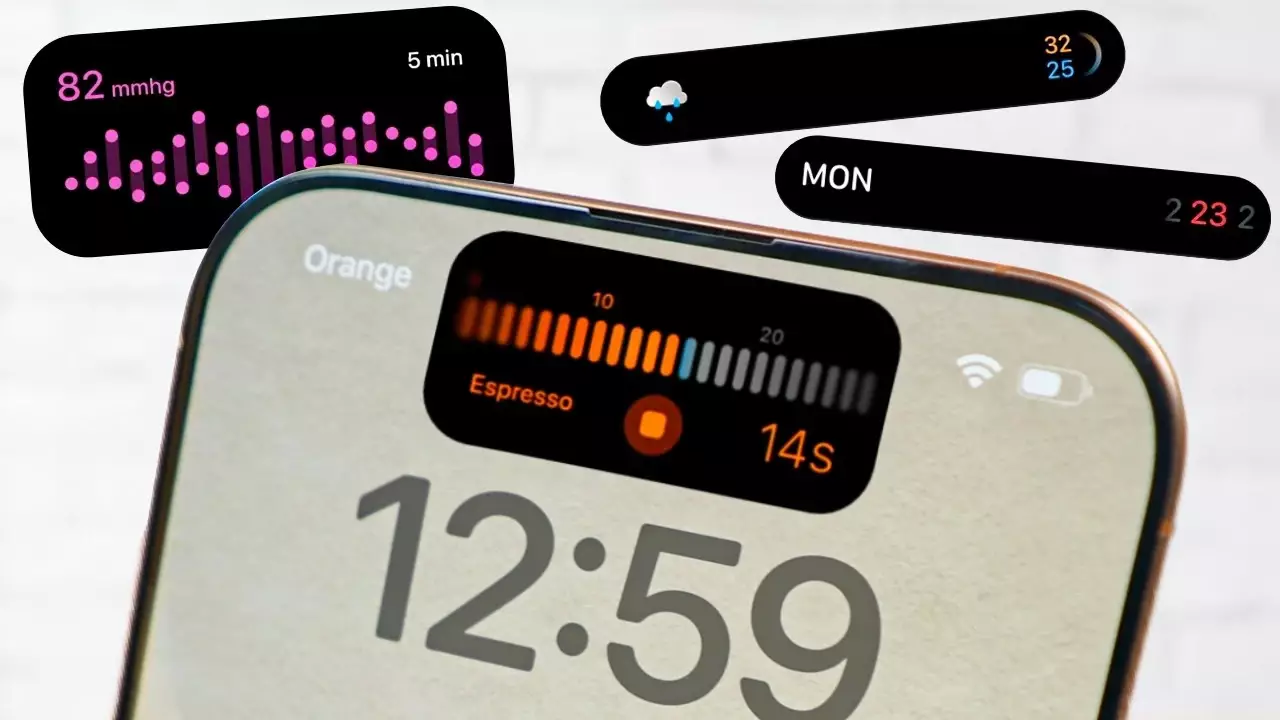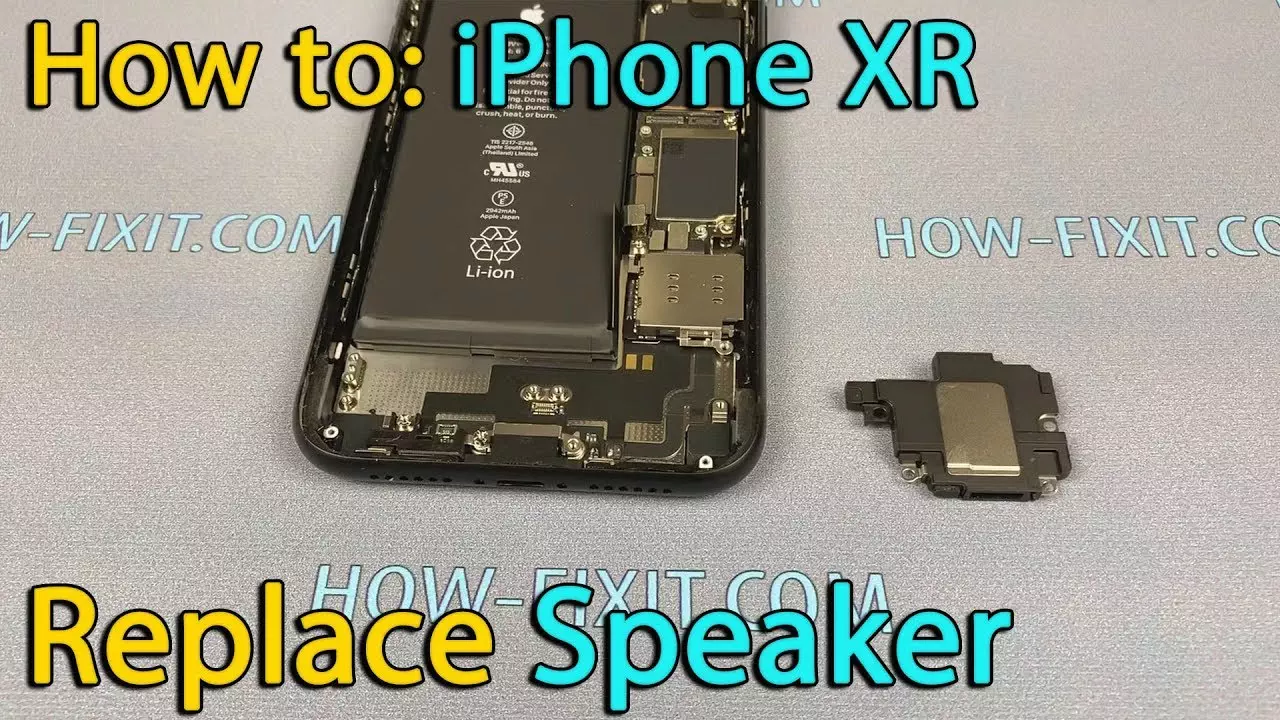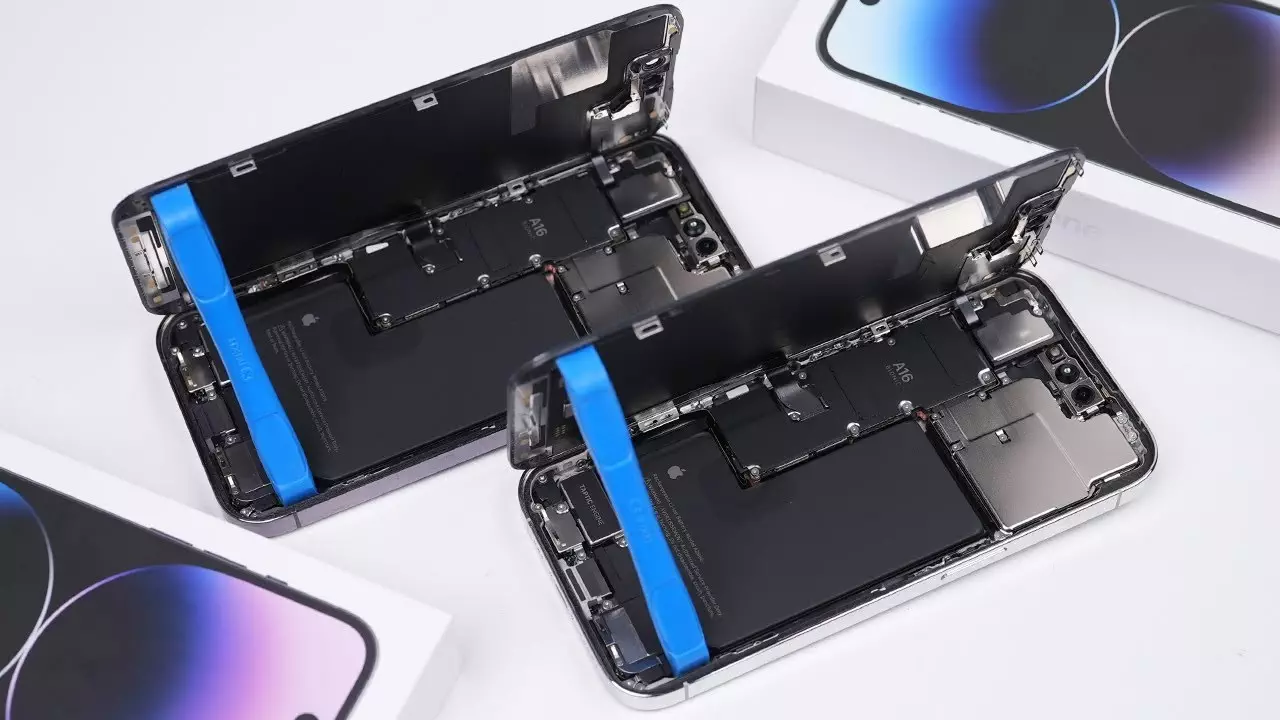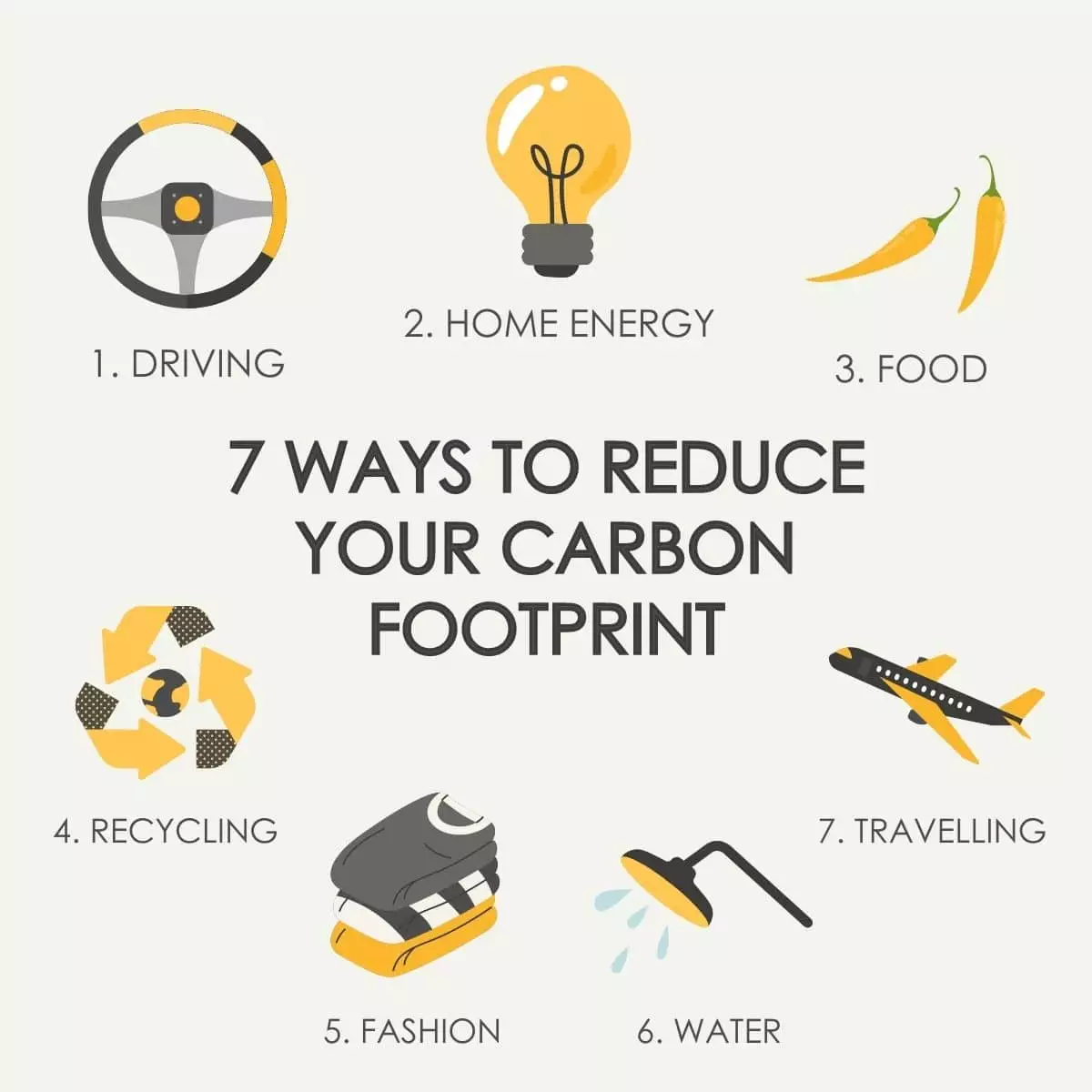
7 Little-Known Ways to Master Your iPhone Water Damage Repair
Your iPhone accidentally took a dive into water, and now you’re staring at the dreaded water damage. But don’t worry. Knowing a few tricks for iPhone water damage repair could save your device from a soggy fate. Whether it’s a quick dip in the sink or a more serious plunge, every moment counts in getting your phone back to its former glory. You might wonder how to tackle such a situation, especially when panic sets in. Let’s uncover some lesser-known strategies and techniques you can use to restore your prized device.
Imagine reviving your phone without heading straight to a repair shop or relying on expensive fixes. Discovering effective iPhone liquid damage fixes and moisture removal techniques at home can be a game changer. From using absorbent cloths to understanding how humidity and temperature affect your phone’s insides, there are ways to minimize damage and increase the odds of recovery. You’ll also learn when you might need professional help, like when to call in a water-damaged technician for those trickier issues.
Don’t let water damage be a final sentence for your phone. Dive into these practical tips and gain the confidence to address water damage with ease. Your iPhone can bounce back from water’s wrath, and you’ll want to know exactly how. Keep reading to master these essential water damage repair techniques.
Within the story
Understand Your iPhone’s Limits
Explore iPhone Water Resistance Tips
When you first get your iPhone, it’s important to check its water resistance level. Not all iPhones have the same level of protection, so knowing how much water exposure your device can handle will help you avoid accidents. Keep in mind that while many iPhones are resistant to some water exposure, they aren’t completely waterproof.
Recognize iPhone Liquid Damage
Spotting the signs of liquid damage in your iPhone can be tricky because water damage isn’t always obvious. Look for symptoms like the screen not responding, or the phone refusing to charge. You might also notice physical signs of moisture, like condensation inside the camera lens. Recognizing these warning signs early can save your device from further harm.
If water damage goes unnoticed, it can lead to significant problems. Therefore, it’s essential to be aware of these subtle signs to start the recovery process as soon as possible. If your phone behaves strangely, consider the possibility of liquid exposure.
Get Familiar with iPhone Water Damage Recovery
Understanding the recovery process for a water-damaged iPhone can make a big difference. The process involves proper drying techniques and, sometimes, professional repairs. This knowledge helps you act quickly, possibly preventing permanent damage. Once you notice an issue, knowing how to react can save your iPhone from severe damage.
Immediate Actions for Water Exposure
Turn Off Your Device Quickly
If your iPhone comes into contact with water, turn it off as soon as possible. This action prevents electrical problems and minimizes the risk of permanent damage. Keeping the phone on might cause short-circuiting, which can be costly to repair.
Remove Cases and Accessories
Taking off any cases and accessories like headphones or chargers helps speed up the drying process. This allows air to reach all parts of your iPhone, preventing excess moisture from getting trapped. Removing these items also ensures that no extra water is held against the device, which could cause damage.
Use Safe iPhone Moisture Removal Techniques
When drying your iPhone, avoid using direct heat sources like hair dryers. Instead, let your device dry naturally or use other safer methods. Excessive heat can damage internal parts. Drying your device without using risky methods protects it from more harm.
One technique involves placing your phone in a dry area with good air circulation. You might also use fans or place your phone nearby to help air dry it faster. Just avoid direct heat and be patient during this process.
DIY iPhone Water Damage Repair
If your iPhone suffers water exposure, you might want to try some simple DIY methods first. These methods are often effective and can save you time and money if done carefully. Here are some options:
- Rice drying method.
- Silica gel packets.
- Dehumidifier usage.
These methods can be effective in drawing out moisture from your iPhone. However, exercise caution when attempting DIY fixes, as improper handling might lead to more significant issues. Always ensure you’re following the guidelines carefully to avoid further damage.
Seek Professional Help When Necessary
If DIY methods don’t seem to work, it’s time to seek professional help. Experts in iPhone water damage repair can assess and repair your device safely. Trying to fix intricate issues on your own can risk more damage, whereas professionals have the tools and expertise to ensure it’s done right.
Finding a qualified water damage technician is crucial. They can evaluate the extent of the problem and offer appropriate solutions. And if you’re concerned about expenses, many repair shops can provide estimates before doing any work.
Preventing Future Water Damage
Taking preventive measures seriously can save you a lot of trouble in the long run. Prevention is often easier and less costly than fixing a problem after it occurs.
Use Waterproof Cases
Investing in quality waterproof cases provides an added layer of protection for your iPhone. These cases help protect against accidental spills or drops in water. Regularly using them can safeguard your device during daily activities, especially when you’re near water.
Choosing a case that fits well and offers full protection is essential. This not only shields your phone but also gives you peace of mind throughout the day.
Avoid High-Risk Situations
Keeping your iPhone away from risky areas is another way to avoid damage. For instance, avoid bringing your phone too close to sinks, bathtubs, or pools. Being cautious in bathrooms and at the beach can go a long way toward protecting your device.
Think about your environment and plan accordingly. If you’re going to be around a lot of water, consider leaving your phone in a safe place or ensuring it’s well-protected in a waterproof case.
Know the Limitations of Protection
Understand Water Resistance Levels
Not all iPhones are built the same, so it’s vital to understand the water resistance level of your specific model. Some might handle a splash better than others, while some can endure brief submersion. Knowing this can help you make smarter choices about where and how to use your iPhone.
Compare Waterproof and Water-Resistant
It’s essential to know the difference between waterproof and water-resistant. Water-resistant devices can handle small amounts of water exposure but may not withstand full immersion. Always check your device specifications to avoid any surprises when using your phone around water.
When to Replace Your iPhone
Evaluate Repair Costs
After assessing the damage, compare the cost of repair versus replacement. Repairs can sometimes be pricier than just getting a new phone, especially if your phone has multiple problems. Also, consider long-term costs involved with keeping an older phone running optimally.
Think about whether investing in a new device might save you money in the long run. Newer models often come with improved features and better water resistance, making them a smarter choice for water-prone users.
Signs You Need a New Device
Identify when replacements are necessary by looking for persistent issues. If your iPhone shows continuing problems like short battery life or malfunctioning parts, it might be time for a change. Additionally, persistent issues with device contact after water damage may indicate deeper problems.
If you’ve tried multiple repairs with no success, it’s a good idea to consider a new phone. Weigh the benefits of what a new model could offer you.
Make a Timely Decision
Choosing whether to repair or replace your iPhone can be tricky. Consider your needs and budget carefully. Think about how often you use your iPhone and what features are most important to you. This decision should balance your current needs with future-proofing.
Explore New iPhone Models
If you’re leaning towards replacement, spend some time researching the latest iPhones available. Consider new features and updates that might enhance your experience. Deciding based on current offerings ensures that you’re happy with your choice and get the best value for your money.
Checking out reviews and comparisons can help you see if a newer model meets your needs better than your current device.
Ensuring Successful Repair Outcomes
Monitor Your Device Post-Repair
After a repair, regularly check your device’s performance to ensure everything works as it should. Pay attention to the performance of features like speakers and the camera, as these can indicate the success of the repair. Monitoring your phone can catch any lingering issues early.
Regularly Back Up Your Data
Regularly backing up your data is crucial. This simple task ensures that your information stays secure even if you encounter problems later. Using cloud services for data safety makes this process easier and more reliable.
Frequent backups prevent data loss and protect your important files and memories. It’s an easy way to keep your digital life intact, regardless of what happens to your phone.
Wrap Up Your iPhone Recovery Journey
Understanding the ins and outs of fixing your device boosts your confidence. You’ve learned tricks to tackle water damage, which can save you time and effort. With these insights, you can manage minor issues on your own and know when to seek professional help. This knowledge is empowering and can make future mishaps less stressful.
Now, it’s time to take action. First, gather simple tools like absorbent cloths and some silica gel packets. These can help you handle initial damage efficiently. Then, keep your device in a cool, dry place, avoiding extreme temperatures that could worsen the situation. Taking these steps ensures better care of your iPhone when accidents happen.
Don’t wait to put these techniques to use. Start preparing your emergency kit today. If you ever face water troubles again, you’ll be ready. You’ve got this! Feel free to share your own tips or experiences with friends who might need them too.
